Intro
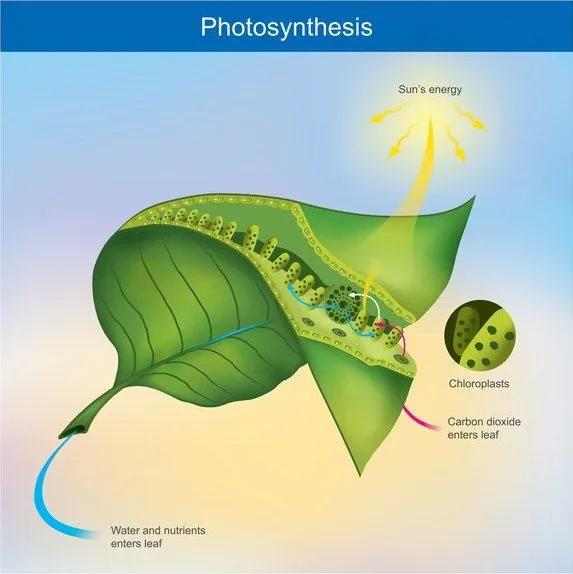
Plants must have light, moisture and nutrients to grow. The sun provides light. Moisture comes from rainfall or irrigation. Nutrients come from fertilizers, compost or manure.
Unlike an outdoor garden, where nature provides rain and plants can send new roots searching for food, the nutrients available to a houseplant are strictly limited by the amount of soil in the pot and what you provide for supplemental feeding.
Think of fertilizer as the second half of your potting soil. When potting soil is fresh, your plants won't need much, if any, fertilizer. This is especially true of modern, fortified potting soils, which often have fertilizer and other enhancements mixed in. After about two months, though, the plant will have consumed the nutrients in the soil, so you'll have to fertilize if you want continued, healthy growth.
Plants make their own food using light in a process called photosynthesis. Fertilizer is more like a vitamin you would take every so often to boost your health (it’s essentially a mixture of minerals). Minerals from soil are released every time you water so your plant can absorb all that goodness. Excess minerals from fertilizer will not be used by your plant and can even damage it.
If plants are not growing well, fertilizing them will help only if a lack of nutrients is the cause of the problem. Plants grown in poorly drained soils, in excessive shade, or in competition with tree roots will not respond to fertilizer.
Fertilizer types
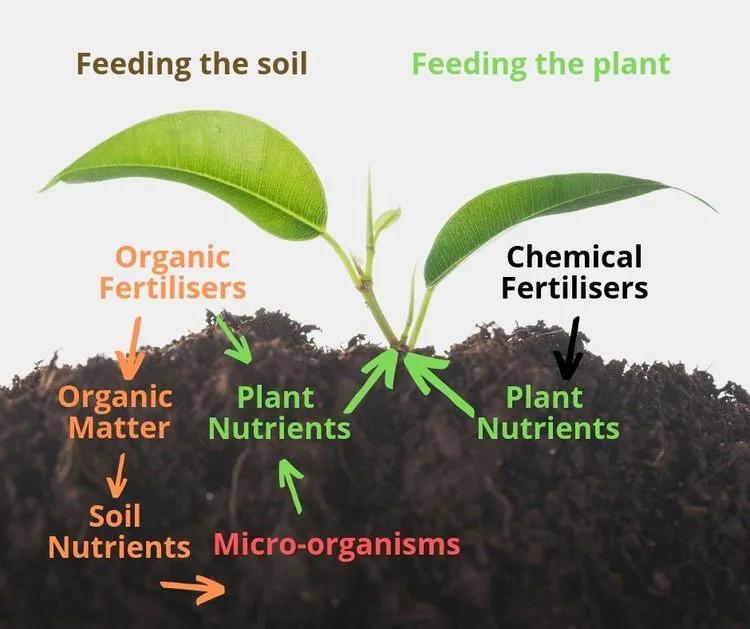
Fertilizers are either organic or inorganic. Examples of organic fertilizers include manure (poultry, cow or horse), bone meal, cottonseed, or other naturally occurring materials. Inorganic fertilizers are man made products. They usually have a higher nutrient content.
Plants require specific nutrients from the soil. The issue is when you plant each year, the plants will draw those nutrients out of the soil, and they don’t magically restock themselves.
Therefore, it is important to fertilize your plants, to ensure they are getting the nutrients previous plants could have already taken from your soil.
Also, it is important to fertilize plants while rebuilding your soil. It will allow the plants to be able to naturally pull what they need from the soil without any additives.
The nutrients plants need. Nitrogen
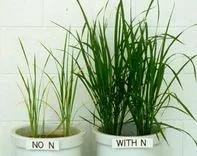
Nitrogen is naturally in short-supply within nature. All plants need it, and over the years, plants have learned to pull as much as they possibly can out of the soil to ensure they have enough to survive.
However, when looking at how vital nitrogen is, you’ll understand why. It helps plants to make protein which helps them create new tissues and keep building and is vital to their survival.
Phosphorous
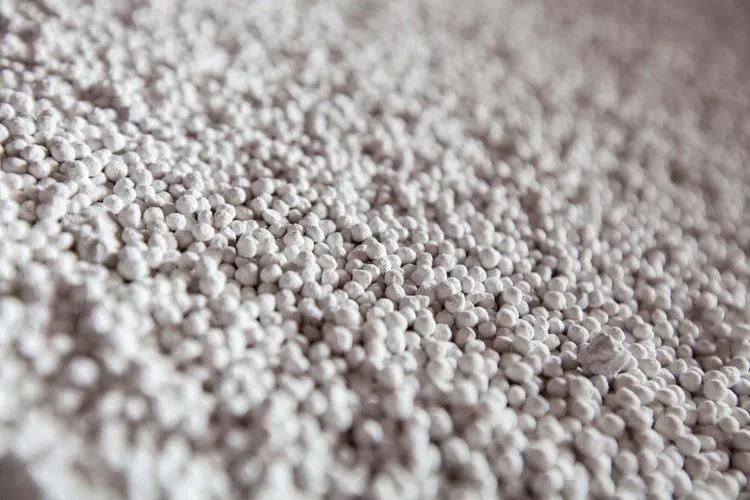
This nutrient is essential to plants because it is what they need to produce reliable root systems. Phosphorous is what encourages their roots to grow.
Also, it helps plants to produce buds, blooms, and flowers to produce fruit. It also helps the plant to create healthy seeds for more offspring.
Potassium
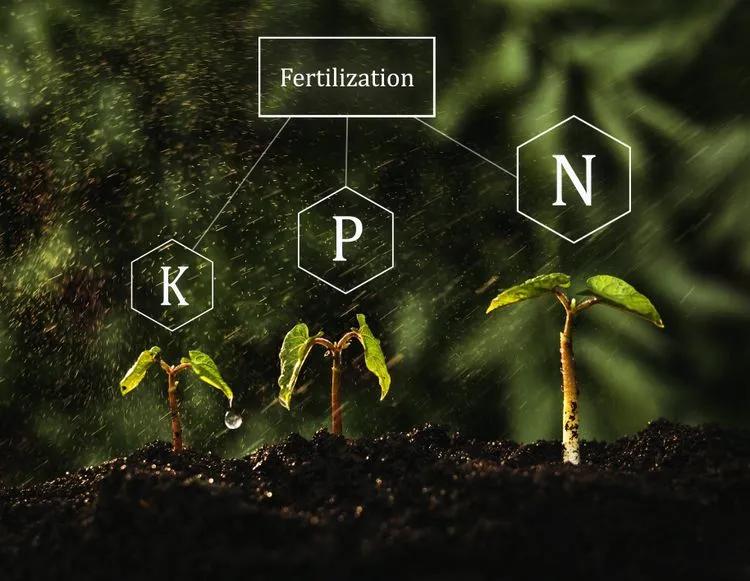
We’ve heard carbohydrates are bad. For plants, they are not. Plants need carbohydrates to feed themselves. Well, potassium enables them to make carbohydrates. It also helps the plant to become disease-resistant, which encourages a healthy life.
Calcium
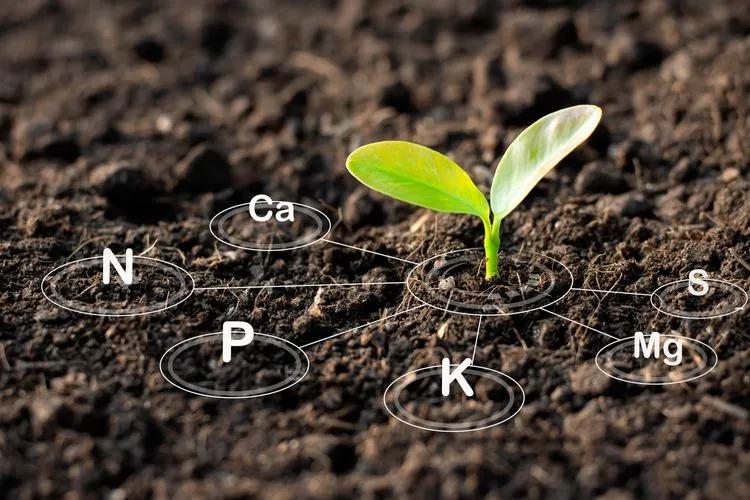
Plants don’t need much calcium added to the soil, but you will need to make sure there is enough of it in there. The reason is calcium is what helps bind the soil together. Calcium will improve soil conditions and give the plant an easier chance of survival.
Magnesium

If you’ve made it through any science class, you’ve heard of photosynthesis. It is the process plants use to produce their food. The source of the food is the sun. Plants need magnesium to process sunlight to feed themselves. Without it, they won’t survive.
Sulfur
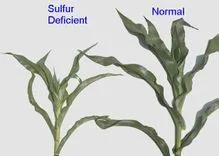
Plants need proteins to build and rebuild itself if it becomes damaged. Sulfur is a vital part of proteins. Without sulfur, a plant could struggle to make proteins which could be the downfall of the plant altogether.
Each of these nutrients can be placed into your soil using different varieties of fertilizer.
However, it’s important to know what your plant needs, what it could be lacking, and make sure you either build those nutrients back into your soil or apply them directly to your plant. If not, you could lose your harvest altogether.
Types of Feeders
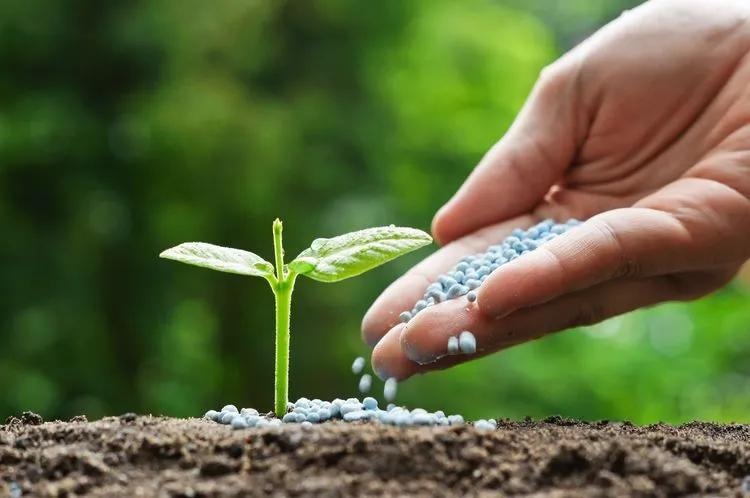
Different varieties of plants require different amounts of fertilizer to be happy producers. The terms are: plants could be a heavy feeder, moderate feeder, or a light feeder. It is essential to know what type of feeder each of your plants is to make sure you fertilize accordingly.
Heavy feeders are as the name implies. They require a significant amount of nutrients to efficiently produce. You should apply fertilizer as you plant the crops and again later in the growing season. You could use a fast-acting liquid fertilizer on occasion as well.
Plants which are considered moderate feeders react better to fast-acting liquid fertilizers than any other type. However, they seem to like mulch being applied to them because it helps the soil to drain better. Mulch allows them to pull nutrients they need from the soil as needed.
Light feeders don’t require much fertilizing. Instead, add a smaller amount of fertilizer when you are planting the crop.
Understanding what type of feeder your plants are, will let you know what they need during planting and how much attention you need to give them during the growing season as far as applying more nutrients.
There are many different types of fertilizers. There are some which are more common than others, and it is important to know how to utilize the more common options.
However, you need to understand upfront, fertilizing is a balance. If you don’t feed your garden enough, you could end up with weak plants. But if you fertilize your garden too frequently, you’ll end up with a great deal of foliage on your plants and minimal harvest.
Common types of fertilizers
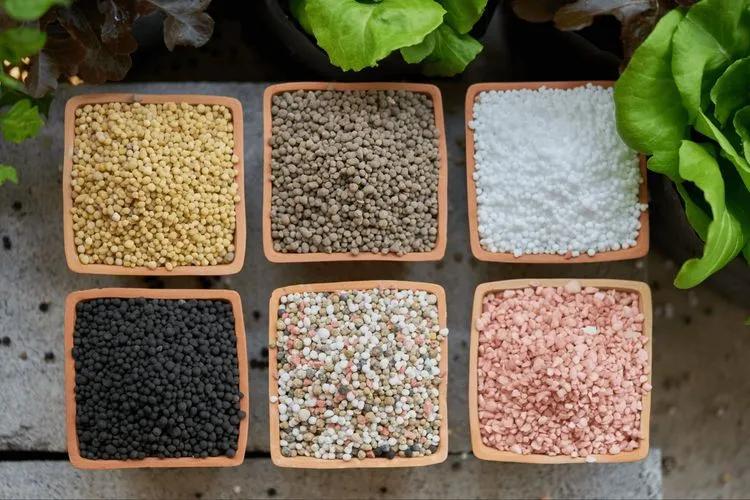
Manure
Compost
Liquid fertilizer
Granular fertilizer
Powdered fertilizer
Dry Fertilizer
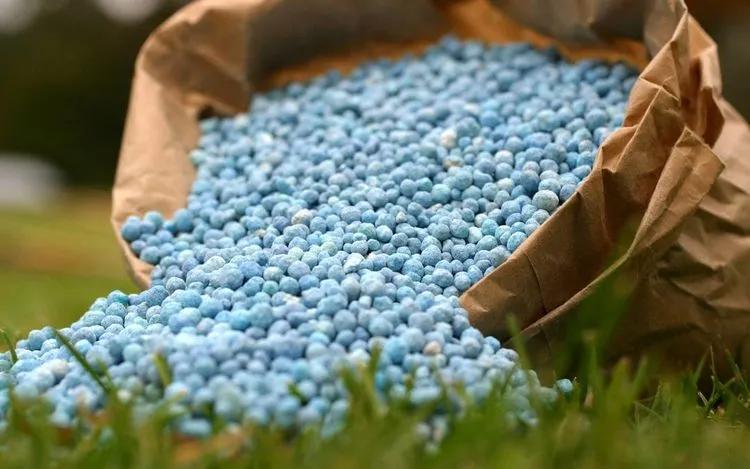
When you use a dry fertilizer, you will want to use them on plants which are already established. Dry fertilizer is a good option if you are giving your heavy feeders the second feeding later on in the growing season.
Slow-Release Fertilizers
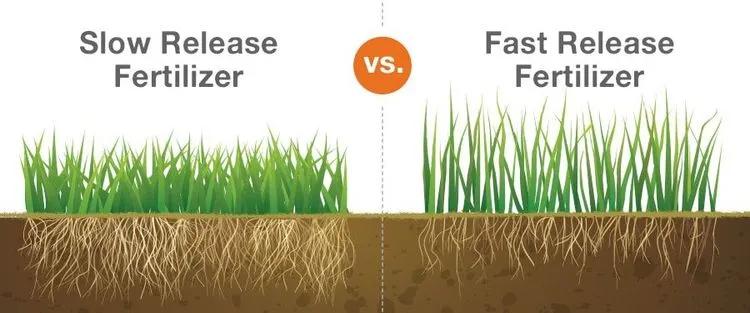
Most slow-release fertilizers are either specialty synthetic fertilizer or organic fertilizers. They are meant to feed your crops over a period. Slow-release fertilizers are a good option for long-term healthy plants, but not for plants under distress.
Liquid Fertilizers
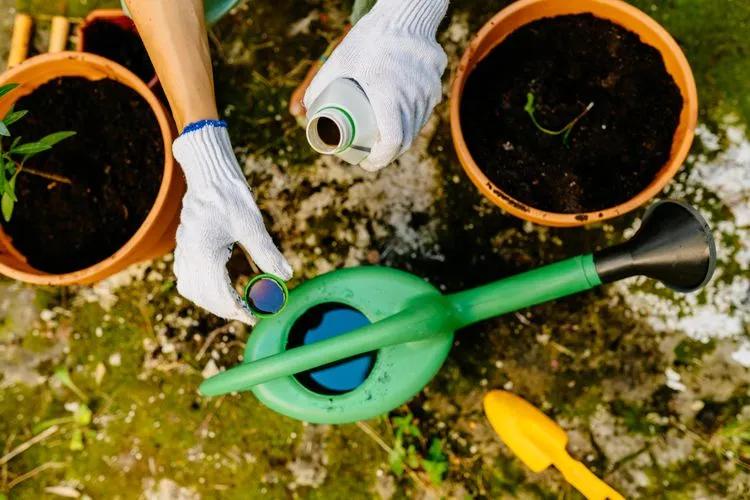
These fertilizers are fast acting. They are an excellent option for plants under distress and in need of a boost. If you buy a specialty fertilizer high in potash, it could boost your harvest as well.
Manure
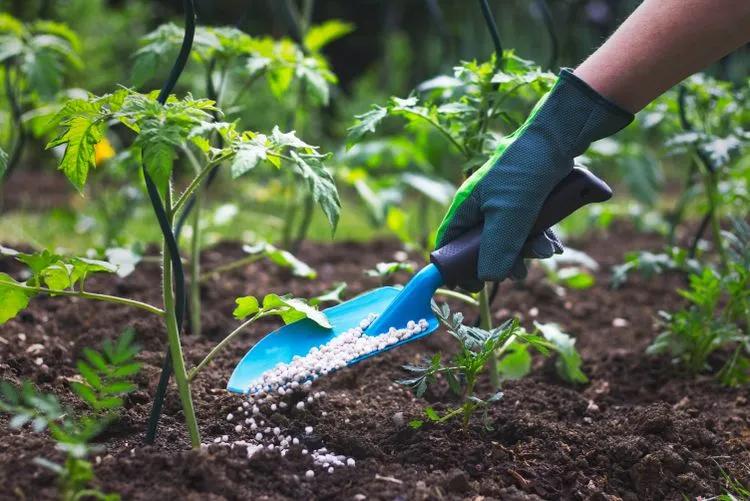
When you apply manure to your soil, it helps it to hold moisture. It will also add nutrients to your soil. Manure is an excellent fertilizer to add to your soil in the fall to give it time to break down and build up your soil. It is also a good thing to add to your soil after planting. You can apply two to three inches of manure around your plants as a type of mulch.
Now that you know about the different types of fertilizers, their purposes, pros and cons, and what different plants need from the soil, you are ready to talk about the different methods of applying fertilizer to your garden.
Important. The Numbers Matter
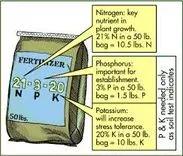
When choosing a fertilizer from a store choose a well-balanced option. You’ll see fertilizer labeled 5-5-5 or 10-10-10.
The three numbers on fertilizer containers are the fertilizer analysis. They indicate the percent of nitrogen, phosphorus and potassium in the fertilizer, respectively.These figures are always listed in the same order. A complete fertilizer is one that includes all three elements.
All parts of a plant need nitrogen for growth—the roots, leaves, stems, flowers and fruits. Nitrogen gives plants their green color and is needed to form protein. A lack of nitrogen causes the lower leaves to turn yellow and the whole plant to turn pale green. On the other hand, too much nitrogen kills plants.
Phosphorus is needed for cell division and to help form roots, flowers and fruit. Phosphorus deficiency causes stunted growth and poor flowering and fruiting.
Plants need potassium for many of the chemical processes that allow them to live and grow. A potassium shortage shows up in various ways, but stunted growth and yellowish lower leaves are common symptoms in many plants.
Important. Feed the Roots
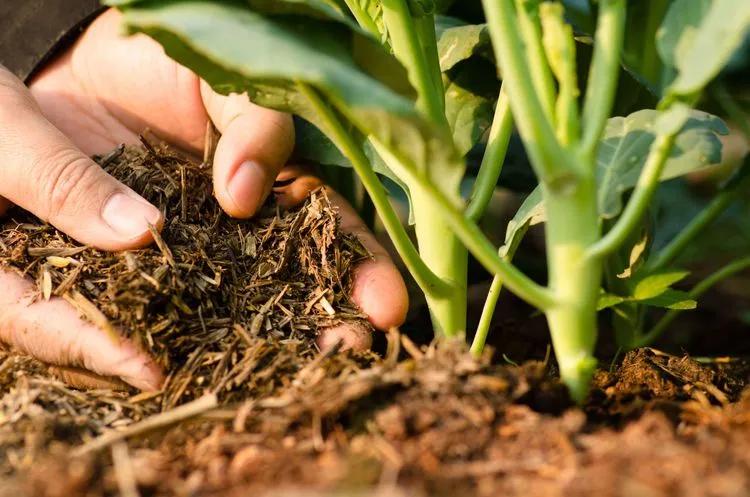
You can feed the roots of your plants by applying manure and compost during planting and before the growing season to build up the nutrients in your soil.
Also, when your plants are well established, you can add fertilizer to the base of the plants to add necessary nutrients to the plants.
Feed the Foliage
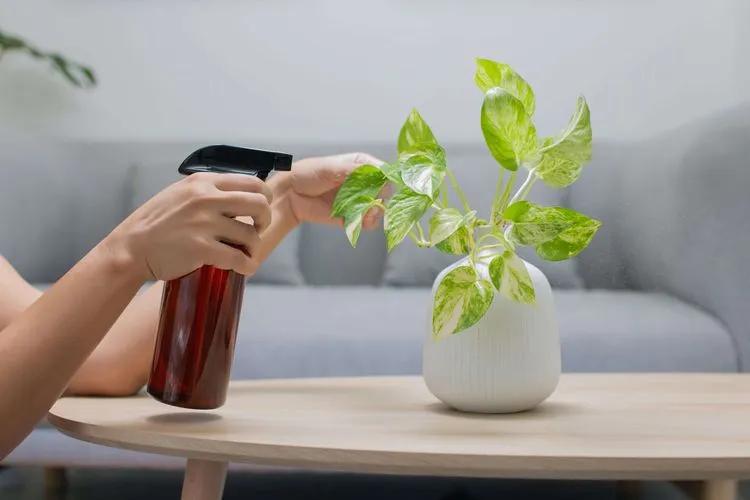
It is essential to make sure you feed the foliage of your plants too. Plants can absorb eight to twenty times more nutrients through their foliage than through the roots. Which is why it is a good idea to apply liquid fertilizer to your plants from time to time.
Also, liquid fertilizer can increase your harvest drastically, if applied at the right times. It is a good idea to spray your plants when transplanting, when they’re blooming, and after the first fruits begin appearing.
However, check the list of what type of feeder the plant is because you may not need to fertilize quite as much for some varieties.
Check Your Soil and pH
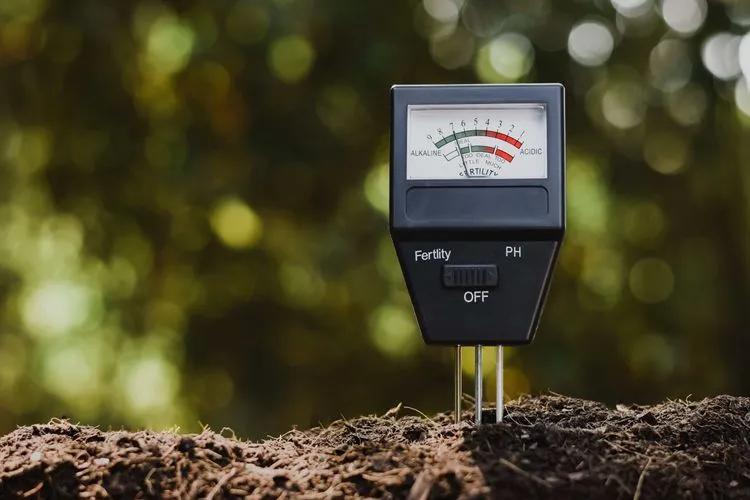
Finally, you need to check your soil and find if there are any deficiencies. If there are, you’ll need to add a balanced fertilizer and whatever nutrients the soil is deficient in. Also, check the pH of the soil because if the soil is not balanced, the plant won’t be able to absorb nutrients. Most plants prefer a pH balance of 6.0-7.0.
Closing thoughts

Well, you are now fully in the know about fertilizing your plants. If you feed your plants at key times, you should be fine.
However, if your plants begin to look weepy it might be a sign they are in need of nutrients. Plants have a way of letting you know when they are in need.
Too many people overlook the importance of fertilizing indoor plants. However, proper feedings are essential to grow healthy, beautiful plants.
Houseplants wilt when they need water. Their leaves grow pale and lanky when they aren’t getting enough sunlight. When the humidity is too low, they turn crispy; when it’s too high, they may develop rot. But, knowing when your houseplants need to be fertilized is far trickier. There’s no clear signal from your plant that shouts “Hey, it’s time to feed me!”, other than perhaps slowed or stagnant growth, which for many houseplant parents, is barely noticed. So, instead of waiting for a signal from the plant, you’ll have to take matters into your own hands and use houseplant fertilizer on a schedule that’s based on their growing cycle.
Each specific houseplant has slightly different needs when it comes to houseplant fertilizer amounts and frequency, but there’s no need to overly complicate the process. Yes, you could study up on each individual houseplant species you care for, determining its specific nutritional needs, but the truth is that the vast majority of common houseplants have fertilizer requirements that are similar enough that treating them in a singular way is more than enough to satisfy their nutritional needs. Some houseplants are heavier feeders than others, it’s true.
Start fertilizing houseplants about 8 weeks before the last expected spring frost. This is when the days begin to lengthen noticeably and houseplants shift from a semi-dormant state into a period of active growth.
